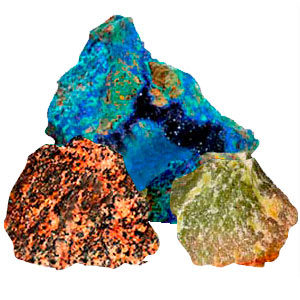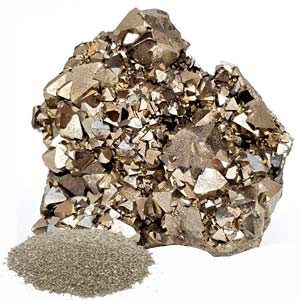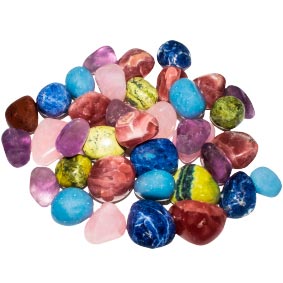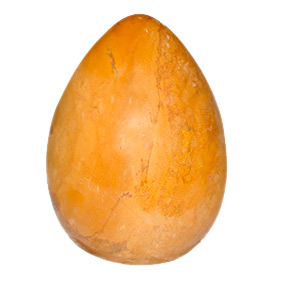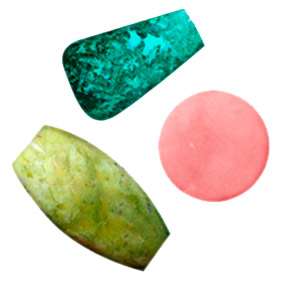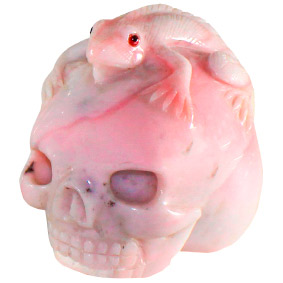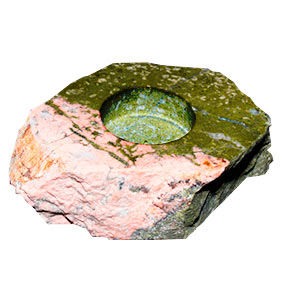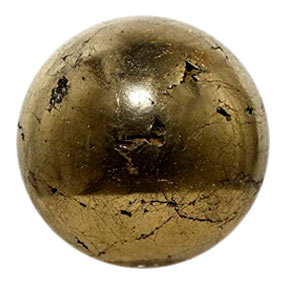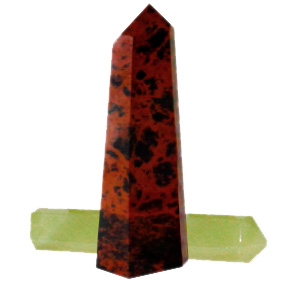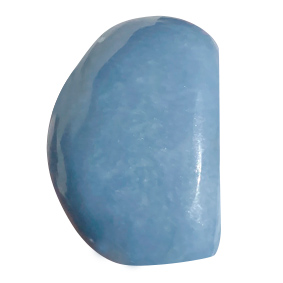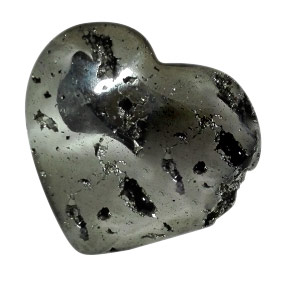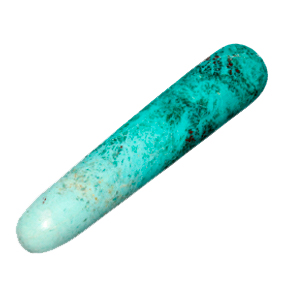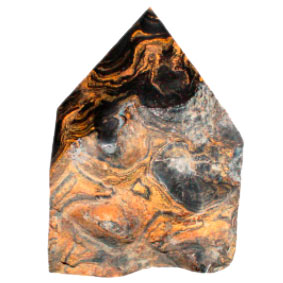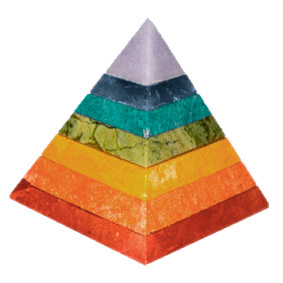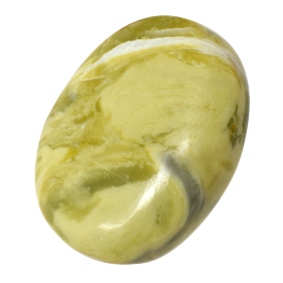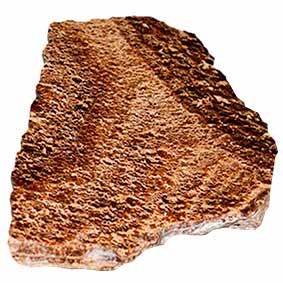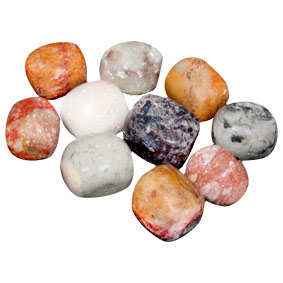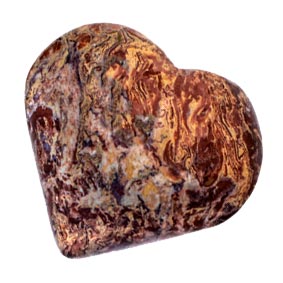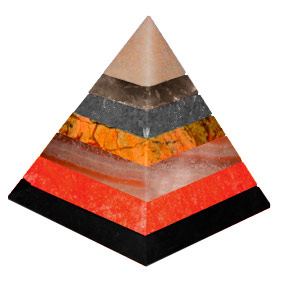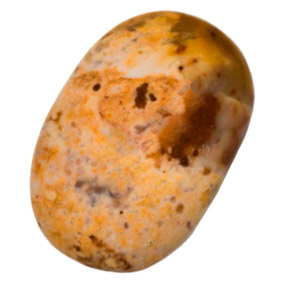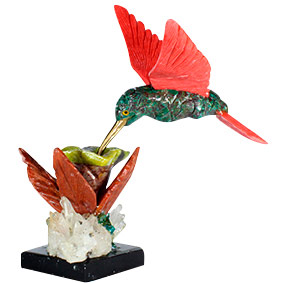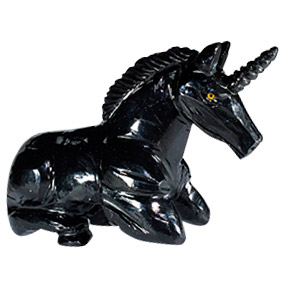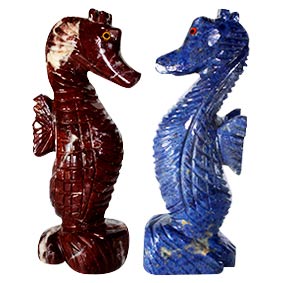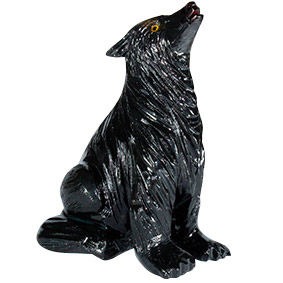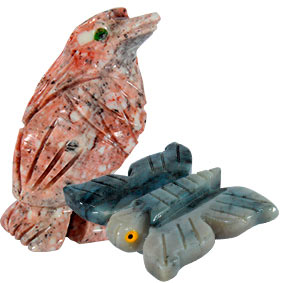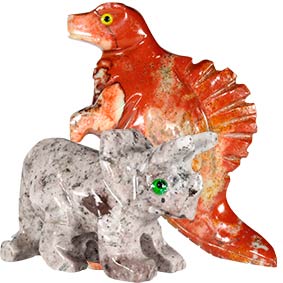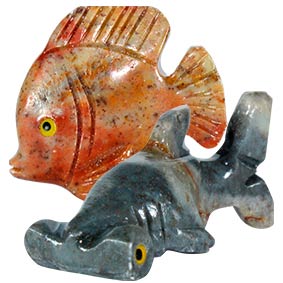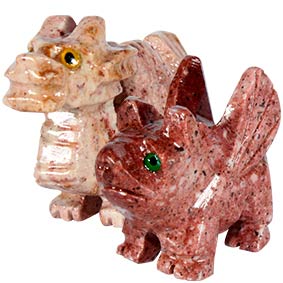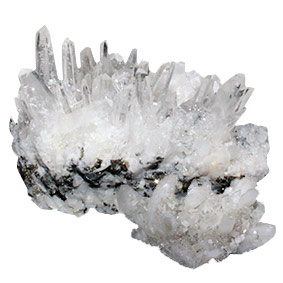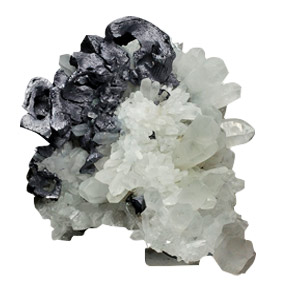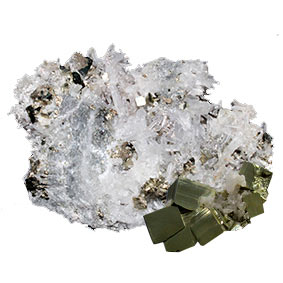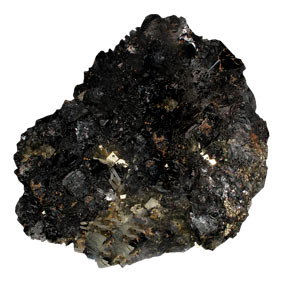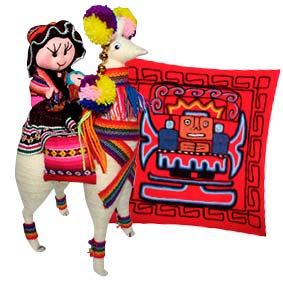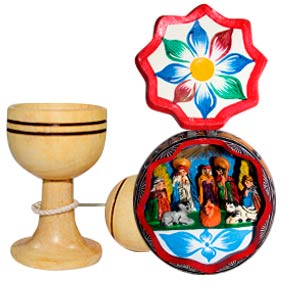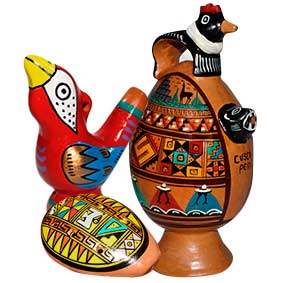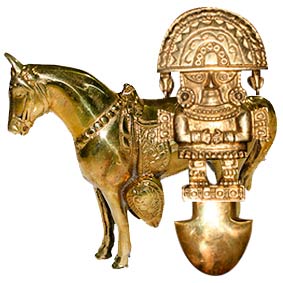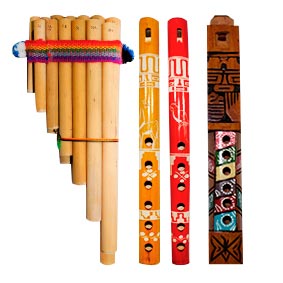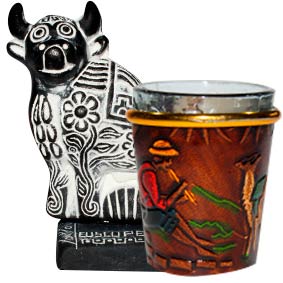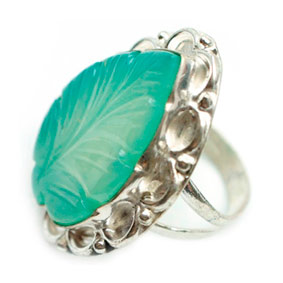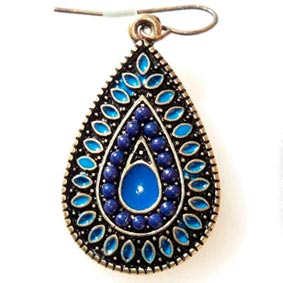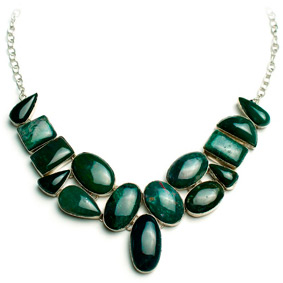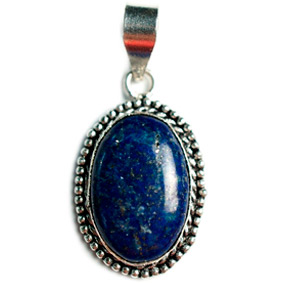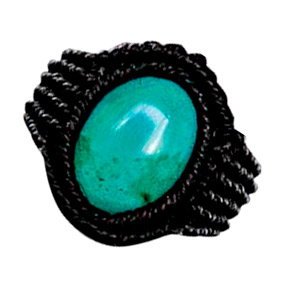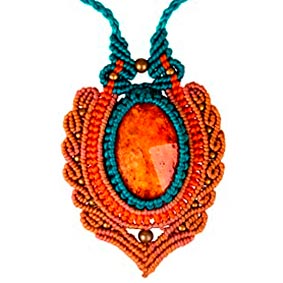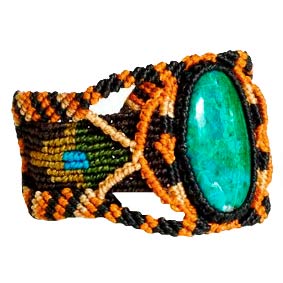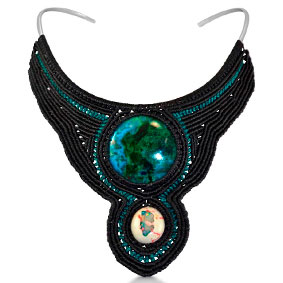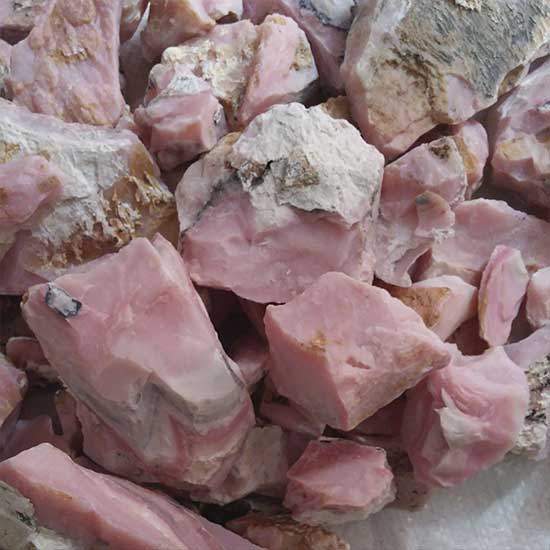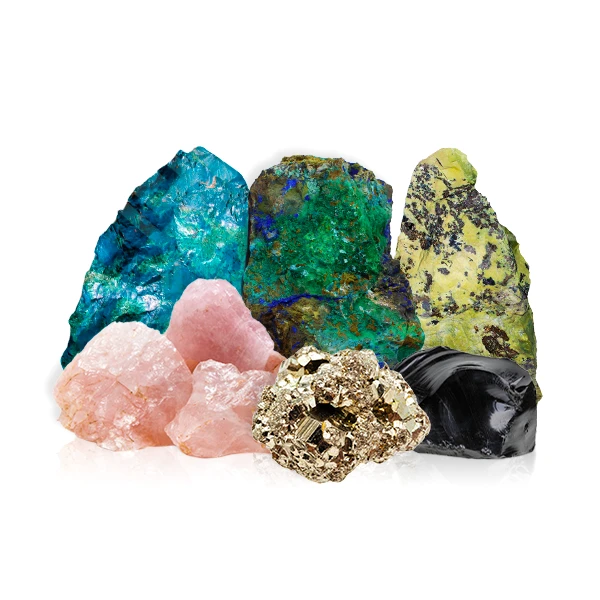Semiprecious stones in Peru, They have been used since pre-Hispanic times dating from the arrival of the first man to Peru, Since approximately 20,000 A.C. years; the need to secure and finding power source, hunting animals, prehispanic man began the first production of carved stones and various utensils
Planning sweet sauce pot stunning twist pull sapien classroom that sometimes feel ante ullamcorper. With the first, maecenas vehicula adipiscing turpis, viverra lectus egestas ante ac ac dignissim ac from the from the Pakistan. History suspend my fears residents who will receive the ante with the element of residents living in the mountains of manufacturing the Bureau magna Nullam arrows ridiculous.
The first production of carved stones and utensils as: tips, chancadoras, axes, knives, etc. He was in the prehispanic having been found in archaeological remains of the Peruvian lithic, as: Chivateros I, Chivateros I y Lauricocha, Silex abundant instruments and most of them show perfection: tips with bifacial retouching, rectangular and elongated points with light arches, with sharp points and angles bezels. From this era artifacts were perfected up to the pressure techniques, or percussion instruments such as manufactured splintered: handaxes, spearheads, saltadores, perforadores y tajadores.
In the matriarchy, horticulturists seminomads with the discovery of agriculture used stone utilitarian way. In the training, sculpture technique develops from rustic cut Cupisnique phase to sophisticated and artistic abstraction chavín horizon whose maximum representation is the estela Raymondi. In the Inca empire varied decorative and utilitarian use to architectural applications, the same as reflected in the impressive buildings in Cuzco and Macchu Picchu citadel them that so far no scientific explanation to determine the perfection of the cut and form of transfer of huge rocks
Using semi-precious stones initially it gave the sixties when craftsmen began working initially with bone and stone with emery dry motor, The first works were rustic, with Inca motifs, ceniceros, pisapapeles, and simple jewelry work gradually got better with the discovery of polishes use in the jewelry industry.
The use of water to prevent burning of the stone was a discovery that improved the production of stone carving, why, the stone became easier to work for the craftsman.

Importing new polishes help improve finishes and achieve maximum brilliance of the stone. Conversely, the stones are faceted just in its infancy in Peru, because the Peruvian artisan performs all tasks at hand and facetted Industrial equipment required to produce the curvature for the perfect levels of facetted stone. Carvings of semiprecious stones For many years the Peruvian craftsman has been dedicated exclusively to the production of bird carving series, you specifically hummingbirds, owls and eagles with finished craft and low artistic level; but they are now improving their production and diversifying their products to quadruplets, Bulls, horses and elephants and various sculptural products.
Source: Mr. Elvis Alvarez Torres



